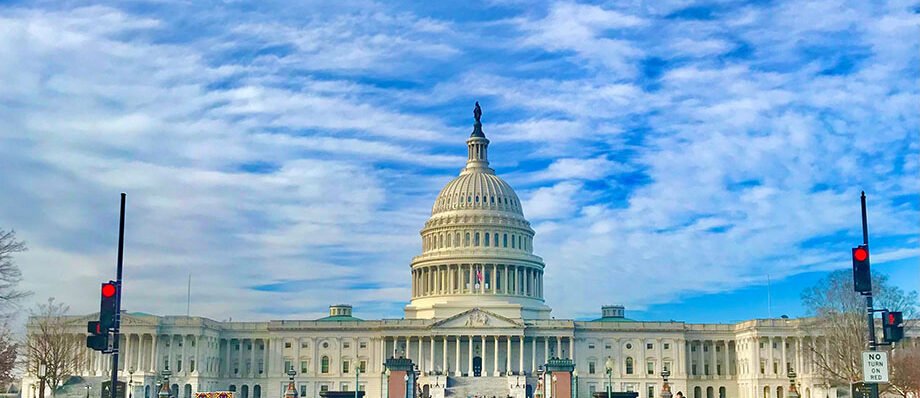While advances in automotive safety have made cars safer than ever for drivers and passengers, a troubling trend has emerged: a significant increase in deaths among cyclists and pedestrians. In 2021, fatalities for these vulnerable road users surged to alarming levels, despite improvements in vehicle safety technology. This paradox raises serious concerns about the effectiveness of road safety measures and highlights the need for urgent action to protect those outside vehicles.
The Rise in Cyclist and Pedestrian Fatalities
According to data from the National Highway Traffic Safety Administration (NHTSA), 2021 saw a sharp rise in traffic-related fatalities for pedestrians and cyclists across the United States. Pedestrian deaths increased by 13%, while cyclist fatalities jumped by 5% compared to the previous year. This marks one of the deadliest years for non-motorized road users in recent history, reversing decades of progress in reducing such fatalities.
Several factors are contributing to this rise in deaths, many of which stem from changes in road use patterns, vehicle design, and driver behavior. As cities and suburbs struggle to adapt to these challenges, the safety of cyclists and pedestrians has become a major concern.
The Disconnect Between Vehicle Safety and Vulnerable Road Users
Automakers have made remarkable strides in improving the safety of cars in recent years. Modern vehicles are equipped with advanced safety features like automatic emergency braking, lane-keeping assist, and collision avoidance systems that protect occupants. However, these innovations primarily benefit those inside the car, while cyclists and pedestrians remain at significant risk.
Larger Vehicles: One of the primary factors contributing to the rise in pedestrian and cyclist deaths is the growing popularity of larger vehicles, particularly SUVs and trucks. These vehicles have higher front-end profiles and more mass, which can result in more severe injuries in the event of a collision. Studies have shown that SUVs are more likely than smaller cars to kill pedestrians in a crash due to the height and weight disparity.
Distracted Driving: Another major contributor is the ongoing issue of distracted driving, which has become more prevalent with the widespread use of smartphones. Drivers who are texting, using apps, or navigating on their phones are less likely to notice cyclists or pedestrians, particularly at intersections or crosswalks where most of these fatal accidents occur.
Speeding and Reckless Driving: The pandemic also played a role in changing driving behaviors, with a noticeable uptick in reckless driving, speeding, and impaired driving in 2020 and 2021. Empty roads during lockdowns led to higher speeds, and many drivers continued these dangerous habits even as traffic levels returned to normal. Speed is a critical factor in determining the severity of injuries in pedestrian and cyclist crashes, and higher speeds lead to more deadly outcomes.
The Impact of Urban Design
Urban design and road infrastructure also play a significant role in the rise of fatalities among cyclists and pedestrians. Many cities were built around the car, with little regard for the safety or needs of those who walk or bike. As urban areas become denser and more people rely on alternative forms of transportation, the mismatch between road design and actual use has become more evident.
Lack of Bike Lanes and Safe Crossings: In many places, there are still insufficient dedicated bike lanes or pedestrian-friendly crossings. Cyclists are often forced to share the road with fast-moving vehicles, while pedestrians navigate streets that prioritize cars over people. Poorly designed intersections, wide lanes that encourage speeding, and a lack of crosswalks can make walking or cycling hazardous activities.
Suburban Sprawl: In suburban and rural areas, where pedestrian and cyclist fatalities are also rising, sprawl has created a dependence on cars, and roads are often designed with little consideration for foot or bicycle traffic. In these areas, pedestrians may have to walk long distances without sidewalks, cross wide roads without traffic signals, or bike in traffic with no separation from vehicles.
The Urgent Need for Change
The rise in pedestrian and cyclist fatalities is a clear signal that current road safety measures are not enough. While vehicle technology has made cars safer for drivers, it has not adequately addressed the risks faced by those outside of cars. To reverse the trend, cities, governments, and communities must prioritize the safety of vulnerable road users.
Here are some strategies that could help:
- Better Road Design:
- Cities must invest in safer road designs that prioritize the needs of cyclists and pedestrians. This includes expanding protected bike lanes, improving crosswalks, adding more traffic signals at dangerous intersections, and creating pedestrian-friendly streetscapes.
- Road diets, which reduce the number of lanes and slow down traffic, can also make streets safer for everyone, including those on foot or bike.
- Lowering Speed Limits:
- Speeding is a leading cause of fatal crashes involving pedestrians and cyclists. Lowering speed limits in urban areas and residential neighborhoods can reduce the likelihood of severe injuries in the event of a collision.
- Cities like New York have seen positive results from reducing speed limits and enforcing traffic-calming measures such as speed bumps and roundabouts.
- Stronger Enforcement of Distracted Driving Laws:
- Governments must take more aggressive steps to enforce distracted driving laws. This includes increasing penalties for texting while driving, using technology to detect phone use behind the wheel, and raising public awareness about the dangers of distracted driving.
- Incorporating Pedestrian and Cyclist Detection Technology:
- While modern vehicles already have many safety features, more can be done to protect those outside the car. Automakers should continue to develop and incorporate pedestrian and cyclist detection systems that can automatically brake or swerve to avoid collisions.
- Some vehicles already include these features, but broader adoption is needed to prevent accidents on a larger scale.
- Promoting Public Awareness Campaigns:
- Education is key to improving road safety. Public awareness campaigns can help inform drivers about the importance of sharing the road, reducing speed in residential areas, and avoiding distractions. Cyclists and pedestrians can also benefit from education on safety practices, such as using reflective gear at night and obeying traffic laws.
- Investing in Public Transportation and Alternative Mobility Options:
- Providing safer, more accessible public transportation options can reduce reliance on cars, making roads safer for everyone. Encouraging the use of alternative modes of transport, such as biking, scooters, or walking, requires cities to invest in infrastructure that makes these options viable and safe.
Conclusion
While modern vehicles may be safer for drivers and passengers, the rising number of fatalities among cyclists and pedestrians in 2021 reveals a serious gap in road safety. As cities grow and more people opt for walking or biking, the responsibility to ensure their safety lies not only with individual drivers but also with city planners, lawmakers, and communities. Addressing this issue requires a shift in thinking—from designing roads for cars to creating streets that prioritize the safety and well-being of all users. If the right actions are taken, we can reverse the disturbing trend and make roads safer for everyone.


